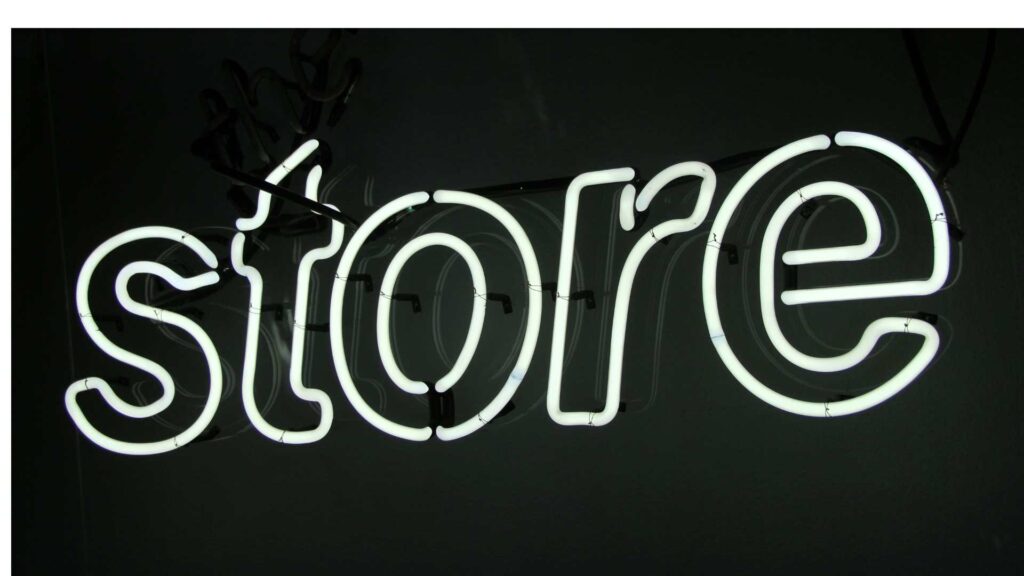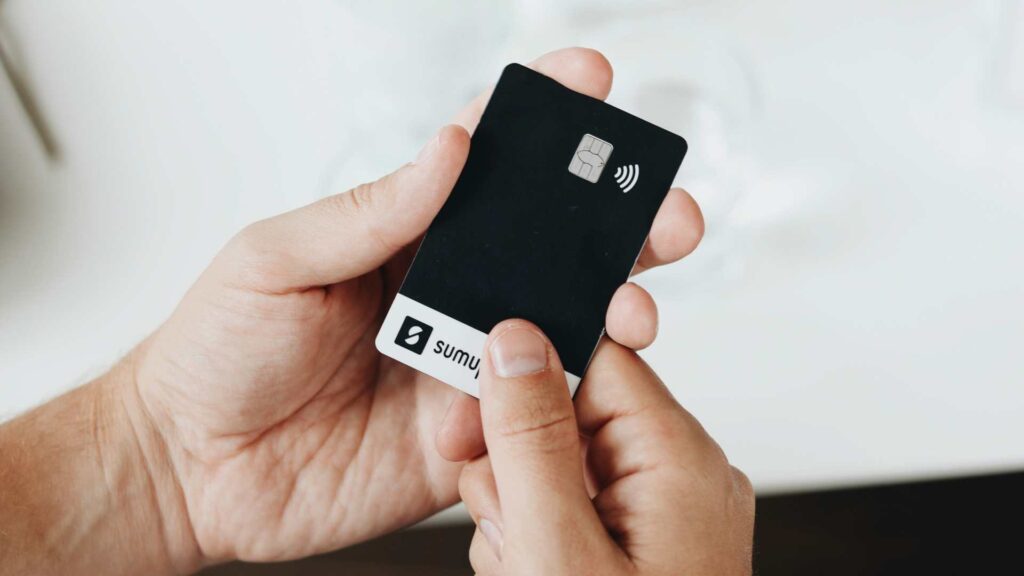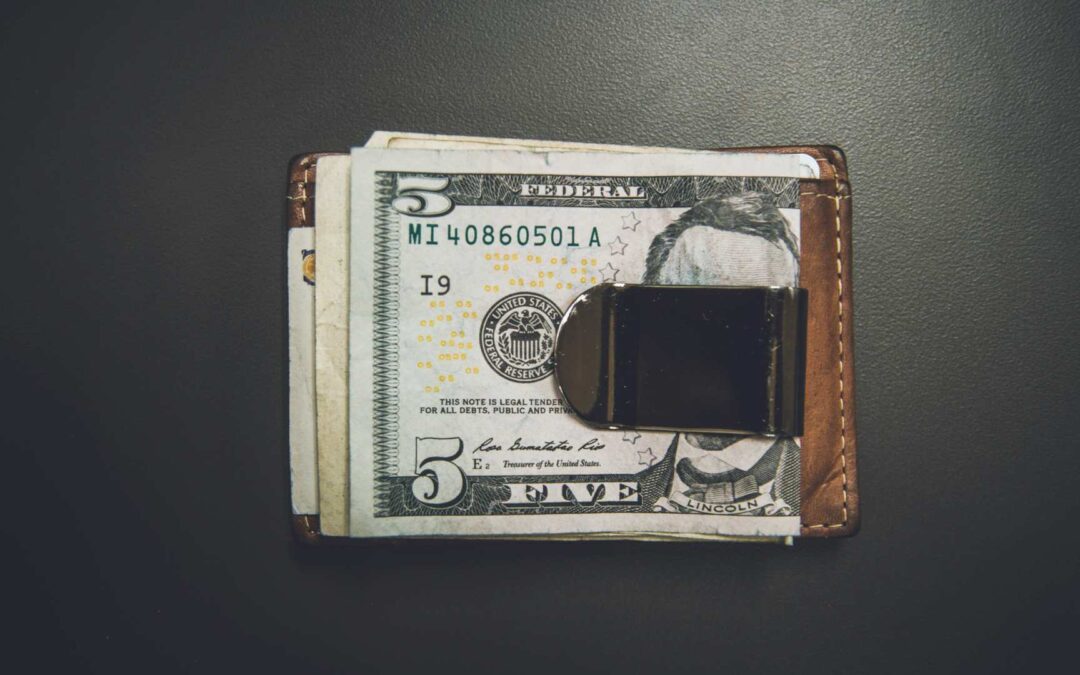If you run a business in a high-risk industry, such as coaching, subscription boxes, or dropshipping, you’ve probably already faced the stress of chargebacks.
Chargebacks are costly, damage your relationship with banks, and if they happen too often, your payment processor can shut down your merchant account.
The good news is that most chargebacks can be avoided. And you don’t need expensive tools or a team of lawyers. You just need a clear process, honest communication, and a few smart habits.
This article will explain what chargebacks are, why they happen more often in high-risk industries, and most importantly, what you can do to reduce them.
What is a chargeback?
A chargeback happens when a customer contacts their bank and asks for their money back. It’s not the same as a refund. A refund is a direct agreement between you and your customer. A chargeback, however, is handled by the bank, and you may not even hear about it until the money is gone.
Here are some common reasons people file chargebacks:
- They didn’t receive what they paid for
- The product or service didn’t meet their expectations
- They didn’t recognize the charge on their bank statement
- They forgot they signed up for a subscription
- They think the charge is fraudulent
When the bank accepts the claim, they pull the money from your account and send it back to the customer. On top of that, your payment processor may charge you a fee, often between $20 and $100 per case.
Too many chargebacks, and you could lose your ability to process card payments. That’s why it’s so important to prevent them.

Why do chargebacks happen more in high-risk businesses?
Some industries deal with more chargebacks, not because the business owners are doing anything wrong, but because of how the industry works.
Let’s say you run a supplement store or offer adult content. Your products might be legal and safe, but they still make banks nervous. Or maybe you run a dropshipping business. You deliver real products, but it takes 2–3 weeks to arrive. That delay often leads to disputes.
Common high-risk industries include:
- CBD and hemp products
- Adult websites and cam platforms
- Gambling and betting services
- Coaching and online courses
- Dropshipping and marketplace resellers
- Subscription clubs (like diet programs or beauty boxes)
In these fields, you’ll need to take extra steps to protect your business from chargebacks.
Why chargebacks hurt more than refunds?
Some business owners think chargebacks are just part of the job. “I’ll just issue refunds if needed,” they say.
But a chargeback is not the same as a refund.
Here’s what a chargeback really costs you:
- You lose the money from the sale
- You lose the product or service you already provided
- You pay a non-refundable chargeback fee
- Your chargeback ratio goes up
- You risk being banned from major payment providers
A chargeback ratio over 1% is a red flag. That means one out of every 100 transactions results in a dispute. If you go over that, your merchant account could be shut down or placed on monitoring programs like MATCH or TMF.
Let’s look at how you can stop that from happening.
How to reduce chargebacks – step by step
You don’t need a big budget or complex systems to prevent chargebacks. In fact, some of the best solutions are simple and free. Let’s look at what you can do.
1. Use a clear billing name
Many chargebacks happen because the customer doesn’t recognize the charge on their bank statement.
For example, if your website is “GreenLeafCBD.com” but your billing name is “GLC Group EU,” the customer might panic and call their bank.
What can you do?
Work with your payment processor to set a clear billing descriptor. Ideally, your brand name or website URL. Some processors allow you to include a phone number, too. This small step alone can cut down chargebacks dramatically.
2. Be honest and clear about your offer
In high-risk industries, customers can be skeptical. If your website is vague or uses exaggerated claims, they might feel misled.
This is especially true for:
- Weight-loss programs
- Nutritional supplements
- Coaching or “get-rich” programs
- Adult content with limited previews
What can you do?
Explain exactly what the customer will get. Avoid phrases like “guaranteed results” or “risk-free.” Instead, use language that sets clear expectations. Add screenshots, real product photos, delivery timelines, and honest disclaimers.

3. Show your refund policy
Many businesses try to hide their refund policy or don’t have one at all.
But when a customer doesn’t know how to ask for a refund, they’re more likely to go straight to their bank.
What can you do?
Write a clear, simple refund policy. Add it to your website footer, your checkout page, and your order confirmation email. Even if you don’t offer full refunds, show the customer what to expect (store credit, partial refunds, etc.).
4. Send an order confirmation email
After a customer buys something, always send a confirmation email. This helps them feel safe and gives you proof of the transaction.
What to include:
- What did the customer order?
- How much did they pay?
- When will they receive the product?
- Your contact info
- A reminder of your billing name
Example: “Thanks for your order! You’ll see a charge from ‘GreenLeafCBD’ on your statement. Your order will arrive in 5–7 business days. If you have questions, email us at support@greenleafcbd.com.”
5. Remind customers before subscription renewals
Subscription-based businesses are frequent chargeback targets. Often, customers just forget they signed up and panic when they’re charged again.
What can you do?
Send an email 2–3 days before every renewal. Keep it short and clear. Give them a chance to cancel or pause the service before they get billed.
Example: “Hi! Your monthly subscription to MindBoost Coaching will renew in 2 days. You’ll be charged $49.95. Want to skip this month or cancel? Click here.”
6. Offer real customer support
People are less likely to file chargebacks if they know they can talk to a real person. Even if they’re upset, most just want help not a fight.
What can you do?
You must have a support email, chat box, or phone number. Respond within 24 hours. Even if the customer is angry, be polite and offer options. A refund is always cheaper than a chargeback.
7. Use fraud prevention tools
Some chargebacks come from real fraud. Someone steals a credit card, buys something on your site, and the cardholder later disputes the charge.
What can you do?
Use fraud filters to stop suspicious transactions before they go through. Most payment gateways include tools like:
- AVS – checks that the billing address matches the cardholder’s info
- 3D Secure – adds an extra verification step
- IP and geolocation checks – blocks high-risk countries
- Velocity checks – limit multiple purchases over a short time period
Turn on these features in your payment platform (like NMI, Authorize.net, or Stripe for high-risk).
8. Track deliveries and keep proof
If you ship physical goods, always use trackable shipping. If a customer says they never got the package, and you can’t prove it was delivered, you’ll probably lose the chargeback.
What can you do?
Choose shipping methods that offer:
- Tracking numbers
- Delivery confirmations
- Signature on delivery (for expensive items)
Save this data for at least 6 months in case you need it later.

9. Fight back when necessary
Sometimes, a chargeback is unfair. Maybe the customer did get what they paid for, and they’re just trying to get free stuff.
If you receive a chargeback notification, respond quickly (usually within 5–7 days). Submit evidence like:
- Order confirmation
- Tracking data
- Email communication
- Refund policy
- Customer’s IP address
Even if you don’t win every case, showing your processor that you respond quickly and seriously can help you stay in good standing.
10. Monitor your chargeback ratio
Most processors expect you to stay below 1%. That means if you have 1,000 transactions a month, you should have no more than 10 chargebacks.
Check your reports weekly. If you’re getting close to the limit:
- Pause high-risk ad campaigns
- Add more support channels
- Offer proactive refunds instead of waiting for disputes
Bottom Line
Chargebacks aren’t just annoying. They’re dangerous. If you let them pile up, they can put your whole business at risk. However, if you take a few smart steps now, you can reduce them, keep your payment processor satisfied, and safeguard your revenue.
Need help protecting your high-risk merchant account? Our team works with CBD, adult, coaching, and subscription-based businesses to reduce chargebacks and stay compliant. Book a free consultation today.
For more on the topic, read our related guide: “Payment Processors for CBD, Kratom, Adult & Gambling in 2025”
Disclaimer
Widelia and its affiliates do not provide tax, investment, legal or accounting advice. Material on this page has been prepared for informational purposes only, and is not intended to provide, and should not be relied on for, tax, investment, legal or accounting advice. You should consult your own tax, legal and accounting advisors before engaging in any transaction. Please consult https://widelia.com/disclaimer/ for more information.









